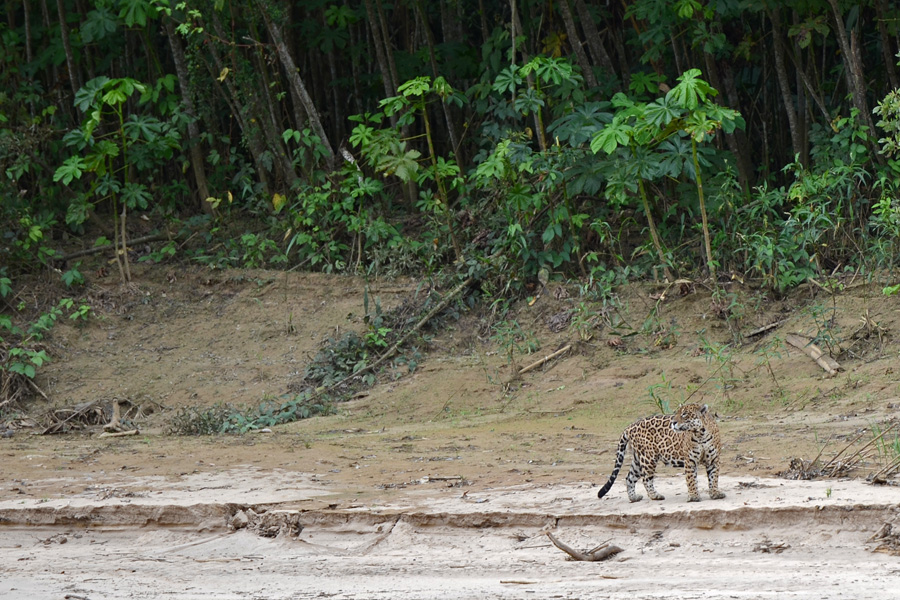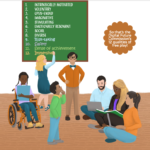
In Shamanic tradition, the jaguar is the ‘keeper of the jungle’ and has the power to heal people with grave illnesses as well as protect and guide.
—from Many Eyes on the Wild, The Jaguar Project
What do you think of when you hear the words Virtual Reality? I’m guessing not jaguars in Peru. Professor Kerrie Mengersen is the Deputy Director of ACEMS—ARC Centre of Excellence for Mathematical and Statistical Frontiers. And she’s a professor of statistics at QUT—Queensland University of Technology, a public university in Brisbane, Australia. She’s working on jaguar conservation in Peru with a team of people. They’re using VR to help improve their models, predictions, and estimates in order to make better decisions, with the long term goal to establish jaguar corridors where the animals can travel safely.
Our kids need to see inspiring examples of people using new technologies in such powerful, constructive ways. And so do we! In this 2-minute video, Professor Mengersen takes us to Peru, describing how and why they’re building the immersive world.
“As far as we know, there’s no data about jaguars in Peru. So this is very much a first. It’s a first in estimating the number of jaguars in Peru, and it’s also the first in using this kind of technology for a really serious purpose…not just the Ooo Ahh of the new virtual environments but to be able to use it for scientific purposes, to be able to extract information, and to help with the decision making in conservation…in conservation, one of the really important data sources is from local people, and also from experts and so in this project we wanted to be able to get at that information in a really novel way—to build virtual reality and immersive environments and to then be able to put the local people and the experts into those environments to be able to learn from them about jaguars. They see this as a way of being able to share their experiences and we see this as a way of being able to use that experience to develop our statistical and mathematical models. So it’s a really exciting project.”
The Jaguar Project would make a great focus for a family technology conversation on VR. I would suggest coviewing the short video introduction, and if you have kids who are interested in math and data, watch this 17-minute lecture with slides by Professor Mengersen in which she goes into a lot more detail about the project. Make sure to hang in through the data explanation to the section that begins at about 8 minutes. It’s about the stories the team gathered from the local people about the jaguar and how they integrated stories into their models. Towards the end, you’ll see all the gear they used to build the immersive world. (You can read a general project overview here.)
The team put together a beautiful ebook, Many Eyes On the Wild. With younger children, you can read ittogether on an iPad or laptop, or print it out. It has lots of photos of jaguars and other animals, of the Shipobo people of Peru, of the jungle, and of all the technology they used.
This project shows us not only how we can use Virtual Reality technologies in the service of taking care of the planet and the creatures we share it with. It also shows what can happen when people collaborate across cultures with respect and profound caring.


